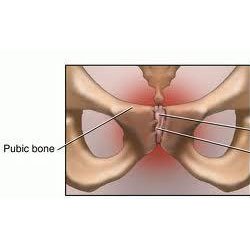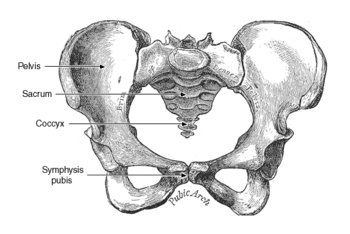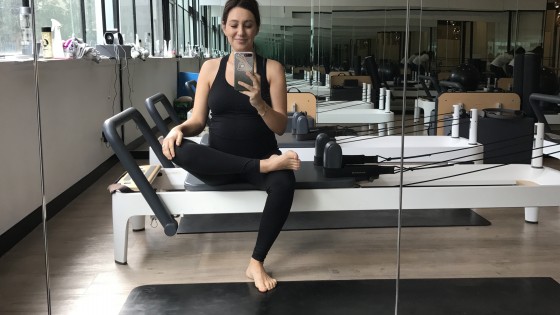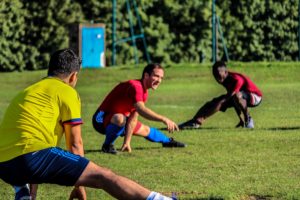Osetitis Pubis Tight Pelvic Floor

Women with pop usually have pelvic floor muscle weakness which can be alleviated with physical therapy to the pelvic floor.
Osetitis pubis tight pelvic floor. Osteitis pubis is a painful inflammation of the pubic symphysis and the ligaments attached to it. In childbirth it mainly appears post partum caused by a degree of trauma during the birth. Osteitis pubis can be infectious or non infectious condition in the pubis that is very painful. To put it simply joint hypermobility syndrome can be an ignored cause of chronic pelvic pain.
The pubic symphysis is the cartilage where the left and right pubic bones meet and is responsible for absorbing force between the two. Much has been said about the importance of these muscles in women especially after giving birth. This joint is close to the body s midline. The pelvic floor is made up of a group of muscles that run from the pubic bone at the front and the coccyx tailbone at the back.
It can lead to pelvic soreness or pain that can get worse with physical. A healthy correctly aligned pubis symphysis hardly moves at all. Like pubic symphysis dysfunction osteitis pubis also affects the area of the pubic symphysis and surrounding tissues. In postpartum women osteitis pubis is triggered by the instability of the pelvic bones which is exacerbated during pregnancy when the joints become lax due to the hormone relaxin.
It is also known as pubic symphysitis. The pubic symphysis is a thin joint that joins the two halves of your pelvis. Osteitis pubis is a non infectious inflammation of the pubic symphysis resulting to lower abdominal and groin pain. Osteitis pubis and pregnancy damage can occur to the ligaments surrounding and bridging the pubic joint as a result of repetitive stress or by falling tripping slipping and also from pelvic surgery and pregnancy.
The pelvic bones form a ring with the pubic symphysis at the front and sacro iliac joints at the back. Pubic symphysis and tissue damage that results in groin pain. On each side these muscles attach to the ischial tuberosities bones you can feel if you place your hand underneath your buttocks when sitting.













































